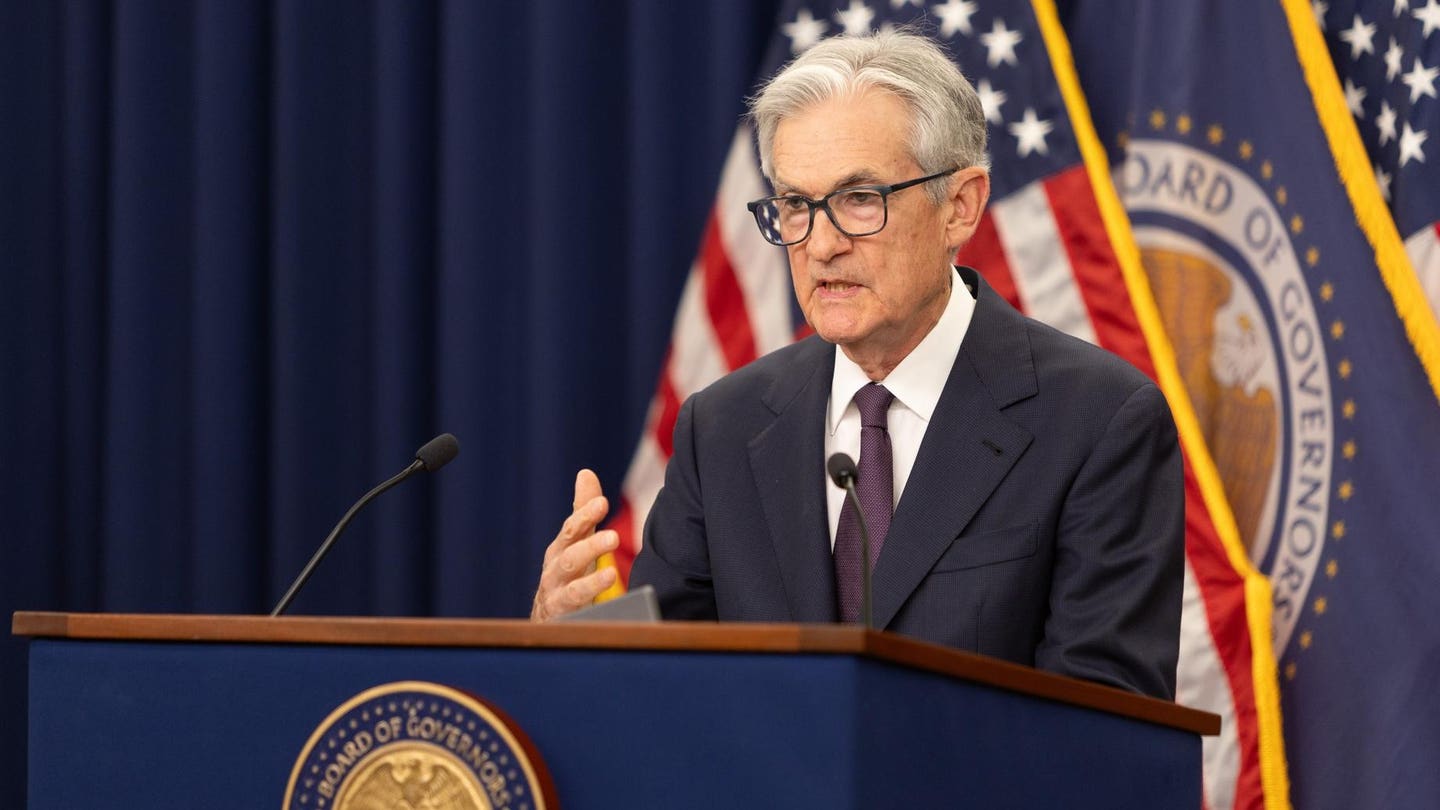In November 2024, China marked a pivotal moment at the UN climate talks in Baku, Azerbaijan. Vice Premier Ding Xuexiang’s portrayal of China’s international finance as climate finance signaled a significant shift in China’s stance during UN climate negotiations. This evolution is particularly noteworthy given the backdrop of the United States, under Donald Trump, withdrawing from the Paris Agreement and escalating trade tensions.
Ding’s statement and China’s subsequent actions indicate its intent to position itself as a non-traditional contributor to climate finance, a move that holds substantial implications for global climate action. China’s motivations for this shift and its potential impact on other Global South emitters are central to the future of climate politics.
Cleantech Investments Abroad
Beyond traditional finance modes, China’s cleantech leaders, mostly private companies, are expanding their investments abroad. This includes increasing production capacity, which may help trigger greater ambition in the face of ongoing threats to global climate action and the clean-energy transition. Chinese officials entered COP29 in Baku aware of international expectations for China to contribute to the New Collective Quantified Goal (NCQG), a new UN target negotiated at the conference.
China’s Climate Finance Strategy
Despite international pressure, China’s official position remained unchanged, as articulated by Ministry of Ecology and Environment director-general Xia Yingxian. China emphasized three core elements: developed countries should lead in mobilizing funds, expand funding scale after meeting existing commitments, and use developed countries’ public funds as a core source, complemented by multilateral development banks (MDBs) and the private sector.
At the World Leaders Climate Action Summit, Ding declared that since 2016, China has provided and mobilized over CNY 177 billion (US$24.5 billion) in project funds supporting developing countries’ climate responses. This was the first instance of China framing its contributions in terms of provision and mobilization, typically language associated with developed countries.
Negotiation Dynamics and NCQG Structure
The NCQG agreement consists of two layers: an outer US$1.3 trillion goal for developing countries’ projected needs and an inner US$300 billion core. This core updates previous conditions set in Copenhagen 2009, balancing developed countries’ requirements with China’s priorities. The agreement tracks all MDB climate finance, recognizing China’s contributions without imposing binding commitments. This approach faced criticism from some developing countries like India but advanced with China’s support.
China’s Role in Climate Finance Leadership
The NCQG was agreed upon amidst potential US policy reversals. With Trump’s administration retracting climate governance support, countries are under pressure to address the developing world’s climate finance needs. Signals suggest China may cautiously build on its Baku actions. President Xi reaffirmed China’s commitment to South-South cooperation, although official documents like its Biennial Transparency Report remain unchanged.
China’s MDB contributions have grown significantly, from US$1.2 billion in 2017 to nearly US$4 billion in 2022. With the NCQG tracking these funds, China could enhance its MDB commitments amid uncertain US support. Additionally, China’s cleantech sector’s overseas investments are expanding clean energy and local development, though the NCQG does not fully capture their climate benefits.
China has opportunities to incentivize other non-traditional donors, potentially forming a coalition of new contributors to implement the NCQG. Such efforts could increase the finance pool while encouraging hesitant contributors. Brazil could be a logical partner, hosting both the BRICS summit and COP30 later this year.
Note: This article is inspired by content from https://www.eco-business.com/news/will-china-lead-on-global-climate-finance-within-a-shifting-world-order/. It has been rephrased for originality. Images are credited to the original source.







